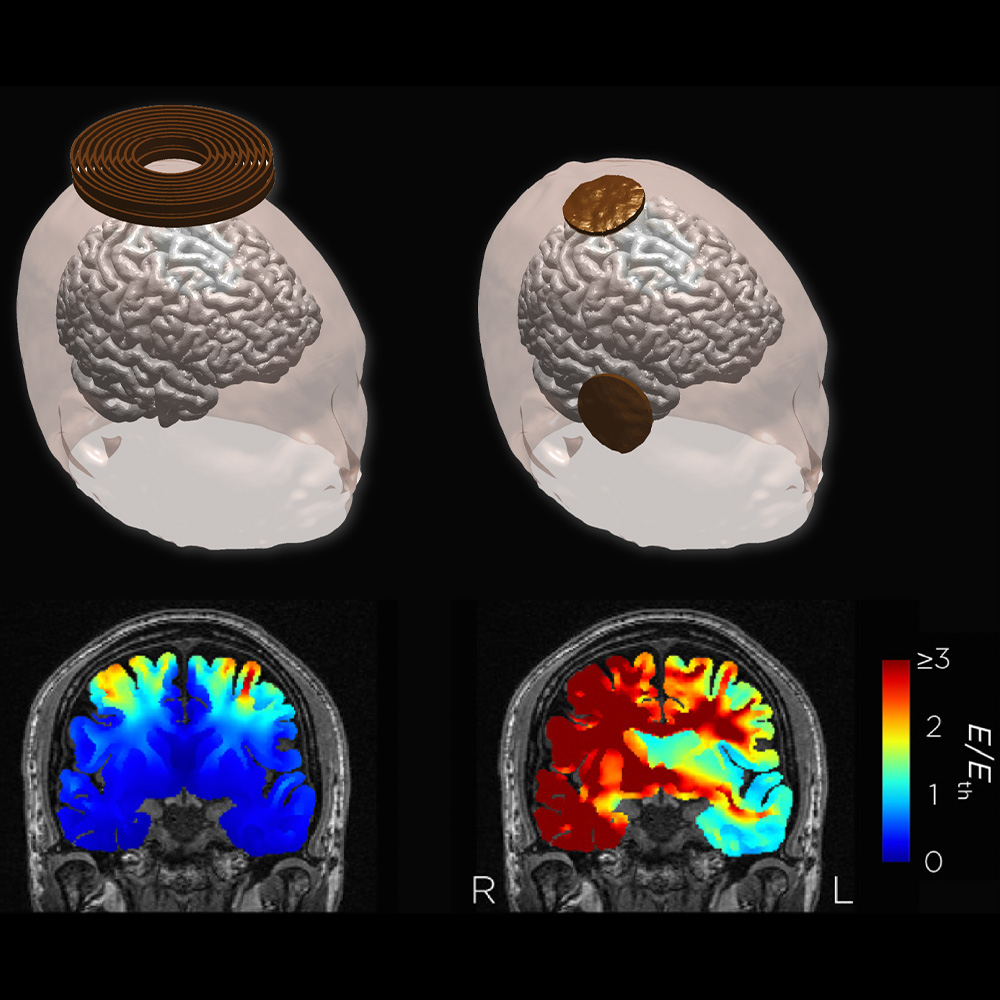Champagne: Uncork with care

DALLAS – Dec. 10, 2018 – Popping open Champagne may add a dramatic flair to a holiday party, but the corks can cause serious eye injuries, such as ruptured globes, detached retinas, and painful bruising. The pressure inside a Champagne bottle is around three times that of an inflated car tire, and researchers in Germany have found that corks were expelled on average at 24.8 mph.
“By taking a few precautions when opening a bottle of Champagne, one can avoid a trip to the emergency room,” says Dr. Preston Blomquist, an ophthalmologist at UT Southwestern Medical Center.
Dr. Blomquist offers these pre-toast safety tips:

- Chill Champagne and sparkling wine to at least 45 degrees Fahrenheit; a cork in a cold bottle is less likely to pop unexpectedly.
- Hold the cork down with the palm of your hand while removing the wire hood.
- Point the bottle away from people, and hold it at a 45-degree angle.
- Place a towel over the entire top of the bottle, grasp the cork, and slowly and firmly twist to break the seal. Hold the bottle firmly with one hand and use the other hand to turn the cork slowly with a slight upward pull. Continue until the cork is almost out of the neck. Counter the outward force of the cork by applying slight downward pressure just as the cork breaks free from the bottle.
Dr. Blomquist holds the Dr. W. Maxwell Thomas Chair in Ophthalmology.
About UT Southwestern Medical Center
UT Southwestern, one of the premier academic medical centers in the nation, integrates pioneering biomedical research with exceptional clinical care and education. The institution’s faculty has received six Nobel Prizes, and includes 22 members of the National Academy of Sciences, 17 members of the National Academy of Medicine, and 15 Howard Hughes Medical Institute Investigators. The faculty of more than 2,700 is responsible for groundbreaking medical advances and is committed to translating science-driven research quickly to new clinical treatments. UT Southwestern physicians provide care in about 80 specialties to more than 105,000 hospitalized patients, nearly 370,000 emergency room cases, and oversee approximately 2.4 million outpatient visits a year.




